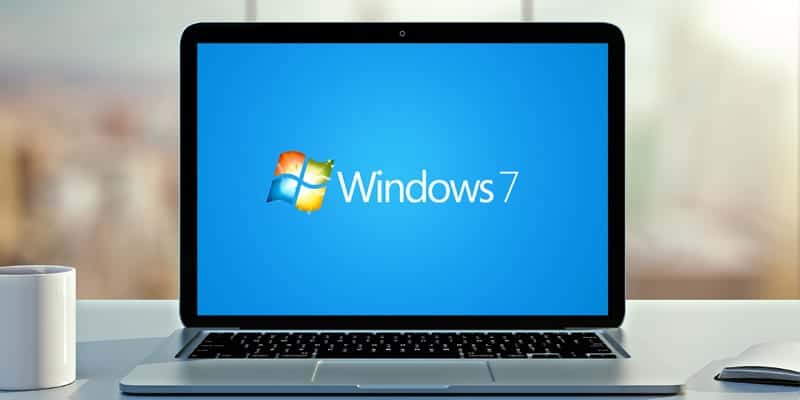Microsoft announced earlier this year that November 1st would serve as the final deadline for purchasing new PCs loaded with Windows 7 or Windows 8.1. After that, all new PCs will be required to come with Windows 10 automatically installed.
Before you curse Microsoft for pushing a new OS on its customers, remember that the November 1st deadline for buying new machines with Windows 7 actually represents a two-year extension of the original deadline. The most important fact, however, is that Microsoft’s support for Windows 7 still has four years—the tech giant won’t implement a complete end-of-life for the OS until 2020, while Windows 8.1 will remain supported through 2023. That means this November 1st deadline is NOTHING like the huge end-of-support story that affected Windows XP in 2014.
In addition, other exceptions that work in favor of those who prefer Windows 7 still apply. For instance, PCs built before October 31st with the older OS will still be available. And business users of Windows Pro have downgrade rights—in other words, if they purchase a PC that comes installed with Windows 10 Pro, they can downgrade to Windows 8.1 Pro or Windows 7 Professional.
What does this mean for business users? Windows 10 has been available for some time now, which means it is more stable than it was when it first came out. But many business users have still been hesitant to upgrade to the newer OS, for a variety of reasons: the critical need to run legacy software and applications like Internet Explorer, concern over Microsoft’s increased data-tracking abilities, or a slow embrace of app compatibility among developers.
Even after Windows 10 is successfully installed, its new “OS as a service” framework (which includes automated updates) has some business owners and tech executives worried that a software upgrade installed without their knowledge could cause problems for their systems. Other basic pluses of Windows 7 include the fact that it:
1) Gives users a reliable, familiar experience that doesn’t try to change the basic look of its interface the way Windows 8.1 did
2) Relies on tested, vetted, and rock-solid security updates and bug fixes
3) Boasts a redesigned taskbar that allows applications to be pinned to it for extra productivity and efficiency
4) Requires less memory and processing speed than earlier (and later) versions of Microsoft’s flagship OS
5) And still, as of October 2016, claims 48% market share, a number that has barely budged, even as the use of Windows 10 has increased to 22%
If you’re unsure about what version of Windows is right for you, unclear about what these end-of-support dates mean, or curious about what a PC refresh might look like for your company, contact CMIT Solutions today for a consultation. We offer business-grade desktops and laptops that can stand up to the demands of your industry—not consumer-grade products that won’t be able to get the job done.

